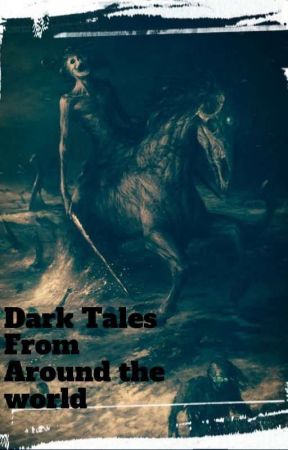The Memorial at Pendleton, Indiana simply states "Three White Men Were Hung Here In 1825 For Killing Indians".
The story surrounding the memorial involves what became known as the Fall Creek massacre, where 9 Native Americans were massacred, two men, three women, and four children (two boys, and two girls).
In those days, many whites did not consider the killing of Indians to be a crime. In fact, President William Henry Harrison made his reputation by doing just that at the Battle of Tippecanoe in 1811.
But this case was to spark major national attention as details of the massacre and trial were reported in newspapers of the day. It was the first documented case in which white Americans were convicted and executed for the murder of Native Americans.
The massacre was committed by seven white men of whom six were apprehended, Thomas Harper escaped and was never caught. Four of the men were charged with murder and two testified for the prosecution. The four accused men were convicted and sentenced to death by hanging. James Hudson was hanged on January 12, 1825, in Madison County, and Andrew Sawyer and John Bridge Sr. were hanged on June 3, 1825. James B. Ray, the governor of Indiana, pardoned John Bridge Jr., the eighteen-year-old son of John Bridge Sr., due to his age and the influence the others may have had on his involvement in the murders.
It is known that between November 1823 and February 1824, the small party of Indians came to the area along Deer Lick Creek, near the present-day town of Pendleton, Indiana, in Madison County, to hunt, trap, gather furs, and collect maple syrup. This consisted of two families which included three men known to local whites as Logan, Ludlow, and M'Doal (or Mingo), three women, two boys, and two girls. Initially the white settlers had developed a friendly relationship with the small group of native Americans, which was headed by Chief Logan, a "venerable old chief" and "a friend of the white men" but tensions soon began to rise, most notably with James Hudson, Thomas Harper, and John T. Bridge Sr.
Harper, a wandering frontiersman was an obsessive Indian-hater, after native Americans had kidnapped his three-year-old sister, Elizabeth, in 1800, and killed his brother, James, during the War of 1812. Harper was also the brother-in-law of John T. Bridge Sr.
On Sunday, March 21, the day before the attack, Sawyer went to the Hudson farm to report that two of his horses were missing and asked for help in recapturing them. Harper and Sawyer; Sawyer's son, Stephen; John T. Bridge, Sr.; his two sons, James and 18-year-old John Bridge, Jr., and a boy named Andrew Jones went on an unsuccessful search for the horses.The following morning they met up to continue the search, but during this time Hudson began to suspect that Harper had convinced Sawyer to harm the small group of Native Americans living hear Deer Lick Creek, even if they had not been involved in the horse theft. Hudson and Sawyer asked Logan and Ludlow to join them, and the men, who had been drinking heavily for several days, left for the small Indian camp heavily armed with knives and rifles. In the woods near the camp they came across two of the native American men, and Hudson shot and killed Chief Logan, shooting him in the back in the woods, whilst Harper shot Ludlow in the back, killing him, although his body was never found. The men, with the exception of Hudson, returned to the camp, where they murdered the three women and four children. M'Doal, the only remaining man, was not in camp when they arrived, witnessed the killings as he returned and escaped and was the only one of the camps ten people to survive. In all, Harper's party killed nine people, two men, three women, and four children. They also stole everything of value including pelts. News of the crime spread quickly, and the men were soon in custody, with the exception of Harper, who had taken the stolen goods and fled and was never captured. Despite seven of the state's top lawyers being hired to defend them, the 4 men were all found guilty and sentenced to death by hanging. Hudson was tried first and was executed on January 12th 1825. The trials of the 3 remaining men began on May 9, and having been found guilty as well, were all executed on June 3rd 1825, some 5 months after Hudson. A Seneca chief in attendance at the hangings remarked, "We are satisfied."
A state historical marker along State Road 38 in rural Madison County, close to present-day Markleville, Indiana, identifies the nearby site of the murders and provides a more historical account of the events.

YOU ARE READING
Dark Tales From Around The World.
HorrorJust of collections of stories my family and friends have told me. and experiences that they have had. As well as legends and ghost stories I've come across.
